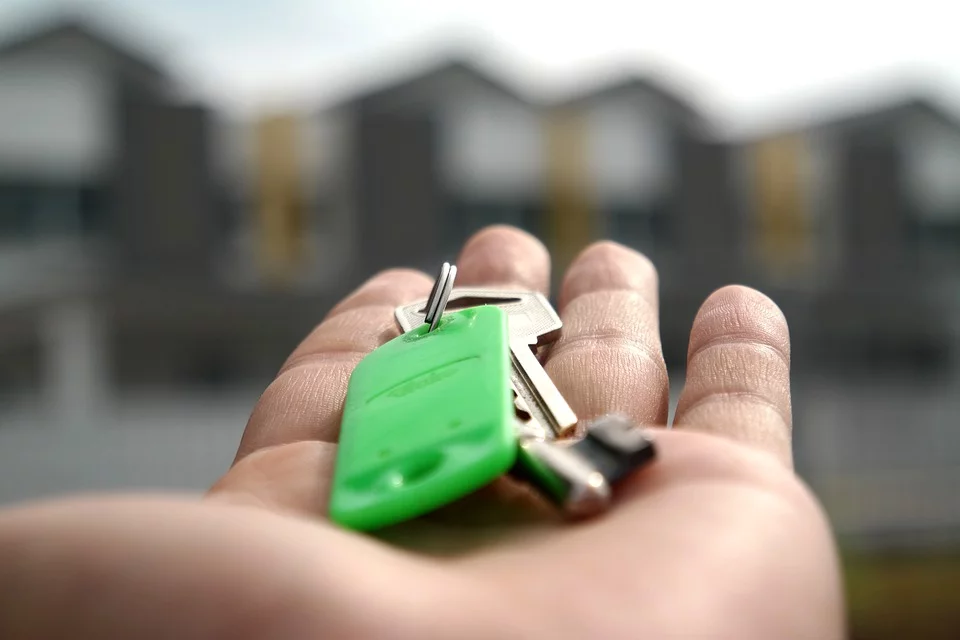Halifax: UK house prices rose 1.4% month-on-month in April
On a monthly basis, UK house prices in April were 1.4% higher than in March, according to the latest Halifax House Price Index.

In the latest quarter (February to April) house prices were 0.9% higher than in the preceding three months (November to January). House prices were also 8.2% higher than in April last year.
According to Halifax, the average property is now worth £258,204 and almost £20,000 has been added to the value of the average home since the market had essentially come to a standstill in April 2020.
The housing market is showing renewed vigour after new supportive measures were included in the March Budget. These measures include extending the Stamp Duty threshold and introducing a low-deposit mortgage scheme. The extension of the jobs furlough scheme will also likely help the housing market.
Prior to these new measures, housing market activity had been showing signs of coming off the boil after strengthening through the second half of 2020.
Russell Galley, managing director, Halifax, said: “The stamp duty holiday continues to add impetus to an extremely active market, magnifying the current shortage of available homes as buyers aim to take advantage of the Government scheme. The influence of the stamp duty holiday will fade gradually over the coming months as it’s tapered out but low stock levels, low interest rates and continued demand is likely to continue to underpin prices in the market.
“However, we do expect recent levels of activity to be sustained over the short-term as buyers continue to search for homes with more space and potentially better suited for their new working patterns. Savings built up over the months in lockdown have given some buyers even more cash to invest in their dream properties, while the new mortgage guarantee scheme may have eased deposit constraints for some prospective homebuyers who previously thought their first step on the housing ladder was a few years away.”
He added: “There is growing optimism in the long-term outlook of the UK economy as the vaccination programme continues at pace, yet we remain cautious about the medium-term prospects of the housing market. As we said in March, the current levels of uncertainty and potential for higher unemployment as furlough support ends leads us to believe that house price growth will slow to the end of the year.”
The economic forecaster EY ITEM Club suspects house prices will lose momentum again later on this year and could well be flat year-on-year by early 2022 with some quarters of falling prices.
Howard Archer, chief economic advisor to the EY ITEM Club, said: “Following the Chancellor’s introduction of more supportive measures in March’s budget, the EY ITEM Club now expects the housing market to show vigour in the near term and a further firming of prices.
“The market is likely to have near-term support from the extension of the full Stamp Duty threshold increase from end-March to end-June and then partially to end-September, and from the introduction of a mortgage guarantee scheme for people with low deposits. Meanwhile, the market will also be aided by unemployment rising less than previously expected due to the extension of the furlough scheme to the end of September.”
He added: “However, the EY ITEM Club is doubtful that the renewed vigour in the housing market will be sustained for an extended period as the strengthening of the housing market has been outsized given economic fundamentals.
“The EY ITEM Club suspects house prices will lose momentum again later on this year and could well be flat year-on-year by early 2022 with some quarters of falling prices as the Stamp Duty benefit ends, unemployment rises and there is a waning of pent-up demand. Housing market activity may also be affected from the latter months of 2021 by growing expectations that interest rates could start to rise before long.”








